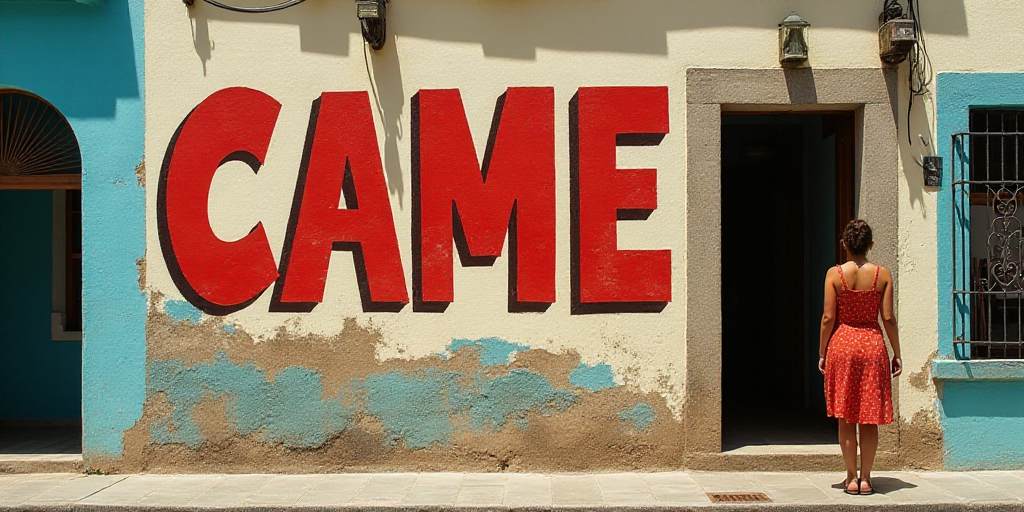Background and Relevance of the Individual Involved
CAME, a financial society with over 30 years of operation, recently faced severe issues that left thousands of savers unable to access their confided resources. The situation escalated when CAME restricted operations across its nearly 50 branches, vacated its long-time headquarters in Mexico City’s Colonia del Valle, and ceased reporting to financial rating agencies that had already placed it under negative watch due to deteriorating indicators.
The Onset of the Crisis
On April 9, this publication reported that CAME’s operations were restricted, its branches closed, and information reporting ceased. The Techreo platform that operated CAME’s application began experiencing intermittent issues and eventually became non-functional. Following this, the authority requested a reclassification of CAME’s accounting indicators, which revealed significant financial damage.
Initially, the Federal Atlantic Pacific registered CAME with a Capitalization Level (Nicap) of 102% by December 2024, while the regulatory minimum for the sector is 130%. However, after actions instructed by the CNBV, this indicator was reclassified to -3,953%, placing CAME in category 4 of the early warning scheme—the highest risk level.
These changes also affected CAME’s reported indicators to the CNBV. Initially, CAME had assets worth 5,380 million pesos by December 2024. However, after corrections, this amount rose to 3,159 million pesos, indicating over 2,000 million pesos vanished from CAME’s balance sheet.
With this correction, CAME became the eighth-largest society in the sector based on assets, with 1.3 million clients, though the exact number of savers remains uncertain.
By the end of 2024, CAME managed saved resources amounting to 1,599 million pesos. It was among the entities that started with an attractive capture strategy, offering promotions and nearly 16% annual interest rates, drawing public attention as a resource depository option.
A Matter of Numbers
On June 13, two months after CAME’s problems became apparent, the CNBV’s governing board agreed to intervene in this financial society to suspend operations and safeguard savers’ interests.
The CNBV communication stated that CAME was notified on May 21 of the revocation procedure for failing to meet required capitalization levels.
Savers consider this intervention late, as there are proofs that CAME’s issues worsened since the end of 2024, causing significant damage to its indicators. Moreover, the appointed interventor, Alfonso Ascencio, has 180 days to diagnose CAME’s true financial situation.
By law, savers of financial societies are covered up to 25,000 Udis per individual or legal entity, approximately 211,000 pesos. However, some affected parties report savings exceeding this amount, even surpassing one million pesos.
As of December last year, the Savings Fund for Financial Societies (Prosofipo) held nearly 550 million pesos to validate the insurance. According to Moody’s, this amount “would not be enough to cover” all savers without considering those with over 25,000 Udis, who wouldn’t have excess coverage.
Looking Ahead
Affected parties have approached various entities, including Palacio Nacional, the Financial Intelligence Unit, and the Chamber of Deputies, to gain attention for their situation. They have successfully made the topic relevant nationally; however, the US allegations of possible money laundering against three financial institutions might overshadow their achievements.
“The day after the money laundering allegations became public, the CNBV intervened, demonstrating the CNBV’s poor handling of CAME,” said Edna Ávila, one of the savers’ representatives.
The next protest by savers will take place on July 2 at the Federal Specialized Prosecutor’s Office for Organized Crime to push for criminal prosecution of the financial society’s non-compliance, arguing that there is evidence Te Creemos Holding, CAME’s controlling company, diverted funds causing the entity’s insolvency.
“The criminal authority can act. FEMDO can initiate investigations, freeze accounts, pursue responsible parties, and protect assets. It’s not a symbolic act; it’s the gateway to potential serious criminal action,” reads the savers’ call to action.
“We must capitalize on this moment: the nation’s focus is on financial frauds,” Ávila added.
Key Questions and Answers
- What is CAME and why is this case important? CAME is a financial society with over 30 years of operation that recently faced severe issues, leaving thousands of savers unable to access their confided resources. This case is crucial as it highlights the consequences of poor financial management and regulatory oversight.
- What led to CAME’s intervention by the CNBV? The CNBV intervened due to CAME’s failure to meet required capitalization levels, following a reclassification of its accounting indicators that revealed significant financial damage.
- How are savers protected in such situations? By law, savers of financial societies are covered up to 25,000 Udis per individual or legal entity. However, the Savings Fund for Financial Societies (Prosofipo) must have sufficient funds to validate this insurance.
- What are savers’ demands in this situation? Savers demand that the investigation into CAME’s irregularities not be overshadowed by the US allegations against three financial institutions for money laundering. They also seek criminal prosecution of the financial society’s non-compliance, arguing that evidence shows Te Creemos Holding diverted funds causing CAME’s insolvency.






